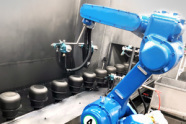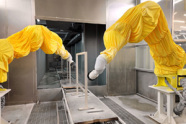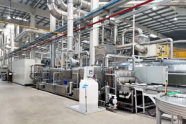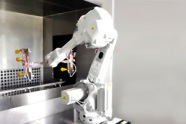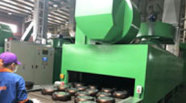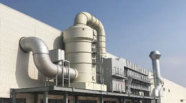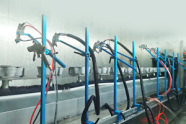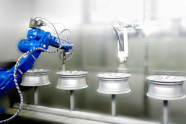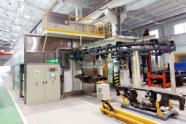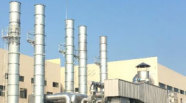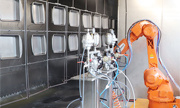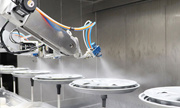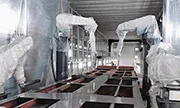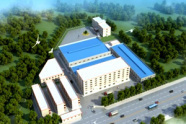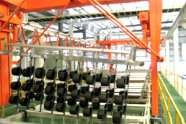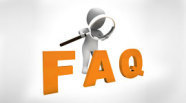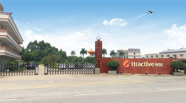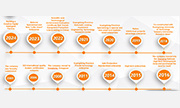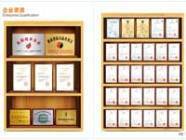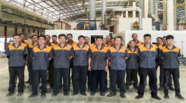Related News
19
2025
-
06
Electrostatic Spraying vs. Traditional Spraying: A 2025 Guide for Selecting Painting Equipment Technology
Author:
Chuangzhi Coating
In today's rapidly evolving painting industry, choosing the right spraying technology is crucial for enhancing production efficiency, reducing costs, and protecting the environment. As a painting line equipment manufacturer, we understand the strengths and limitations of both electrostatic spraying and traditional spraying. This article aims to provide you with a comprehensive 2025 guide for selecting painting equipment technology, helping you make the best decision based on your actual needs.
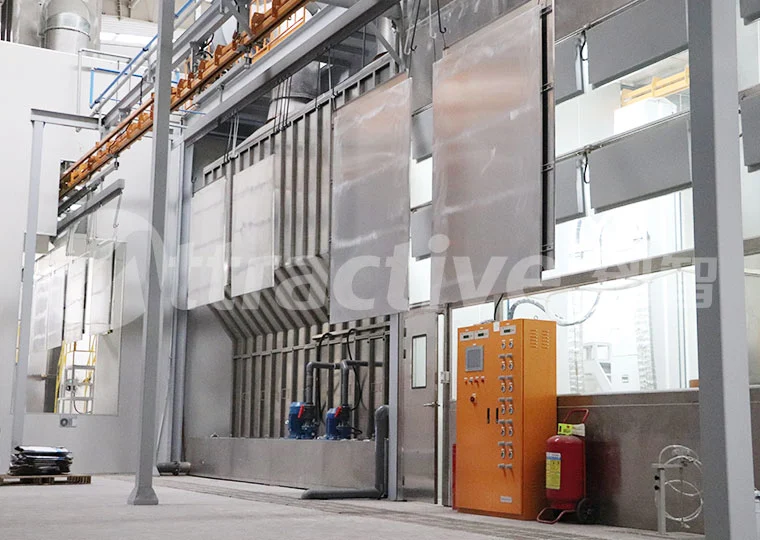
I. Electrostatic Spraying: A New Choice for Efficiency and Environmental Protection
Since its inception, electrostatic spraying technology has gained widespread attention for its efficiency and environmental friendliness. It works by using a high-voltage electrostatic field to charge atomized paint particles, which are then attracted to the workpiece surface by electric field forces, forming a uniform coating. This technology not only significantly improves spraying efficiency but also reduces paint waste.
II. Traditional Spraying: Balancing Classic and Flexibility
Despite the many advantages of electrostatic spraying technology, traditional spraying still maintains an irreplaceable position in certain fields. Traditional spraying directly sprays paint onto the workpiece surface through a spray gun, featuring operational flexibility and strong adaptability.
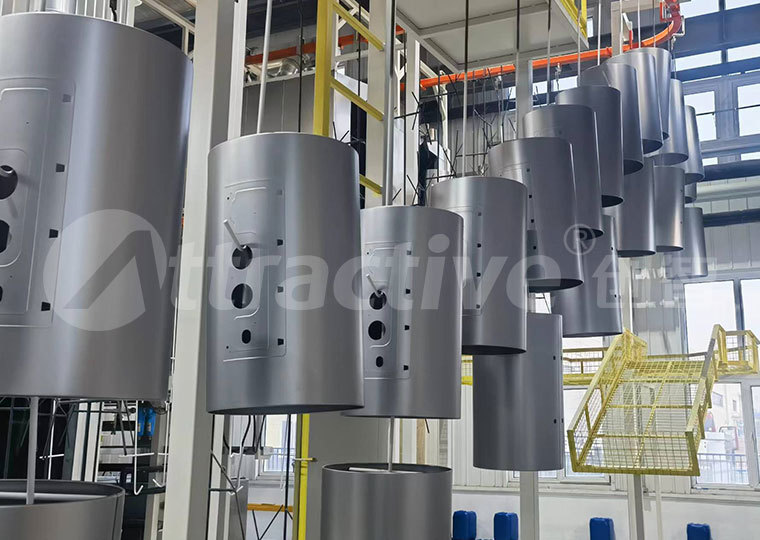
III. Suggestions for Technology Selection
When choosing between electrostatic spraying and traditional spraying, enterprises should comprehensively consider factors such as production efficiency, cost investment, environmental requirements, and workpiece characteristics. For businesses pursuing high efficiency, high-quality painting, and having sufficient budgets, electrostatic spraying is undoubtedly an ideal choice. For those needing to handle complex-shaped workpieces or having limited budgets, traditional spraying may be more suitable.
Furthermore, with the continuous development of painting technology, more innovative technologies such as automated spraying and robotic spraying are gradually emerging. These new technologies demonstrate huge potential in improving production efficiency, reducing costs, and protecting the environment. Therefore, when selecting spraying technology, enterprises should also pay attention to the development trends of these emerging technologies to gain a competitive edge in the future.
Conclusion
In summary, electrostatic spraying and traditional spraying each have their own merits, and the choice of technology depends on the actual needs of the enterprise. As a painting line equipment manufacturer, we are committed to providing customers with comprehensive painting solutions, including equipment selection, installation and commissioning, and after-sales service. Regardless of which spraying technology you choose, we will wholeheartedly provide you with high-quality products and services, helping your business achieve more efficient and environmentally friendly painting production.
Previous
Next Page

